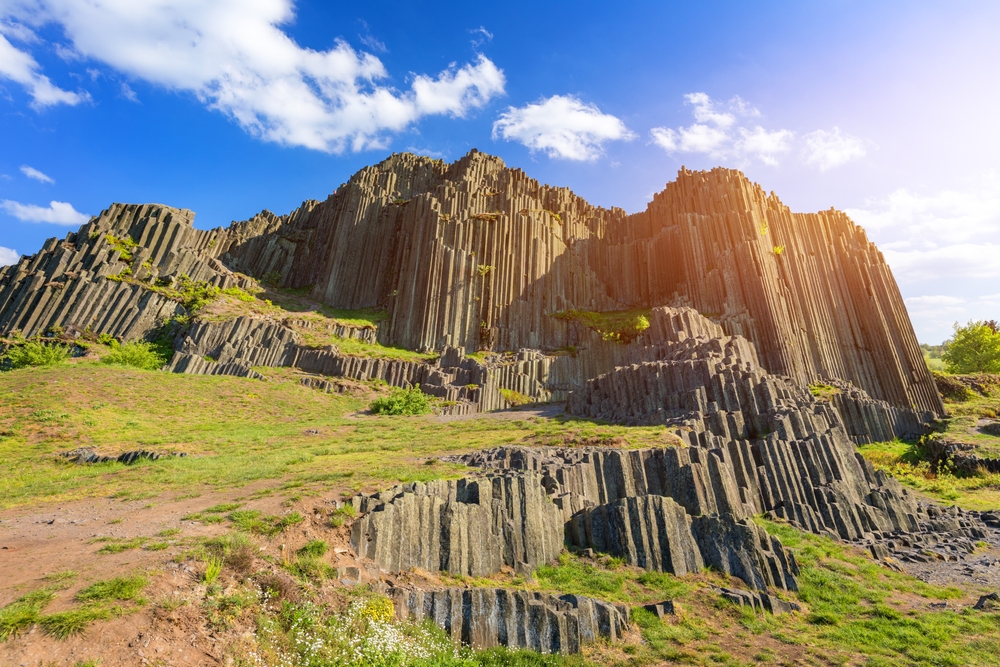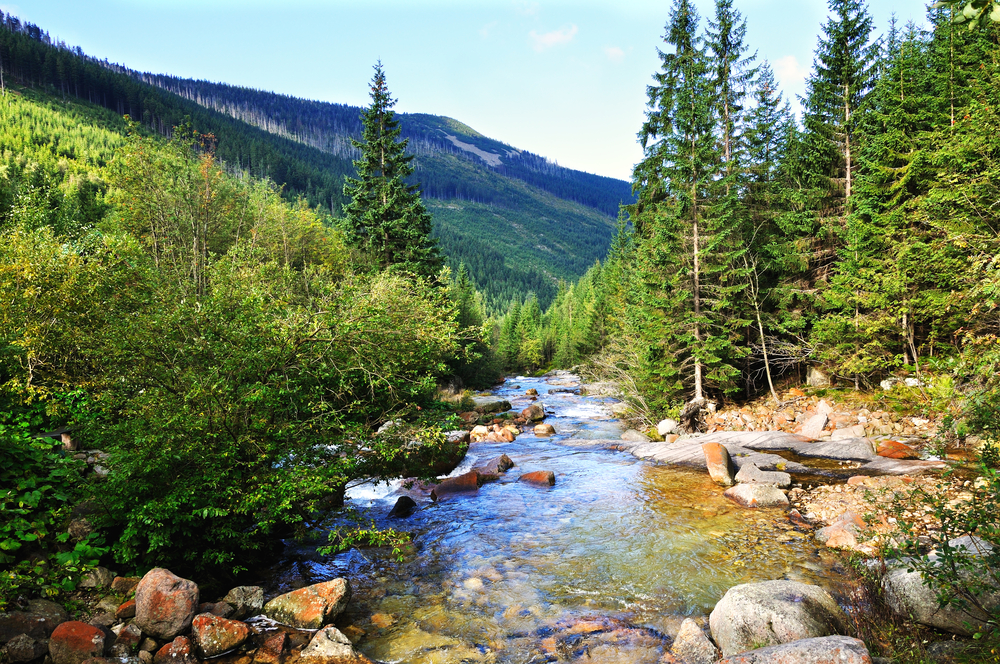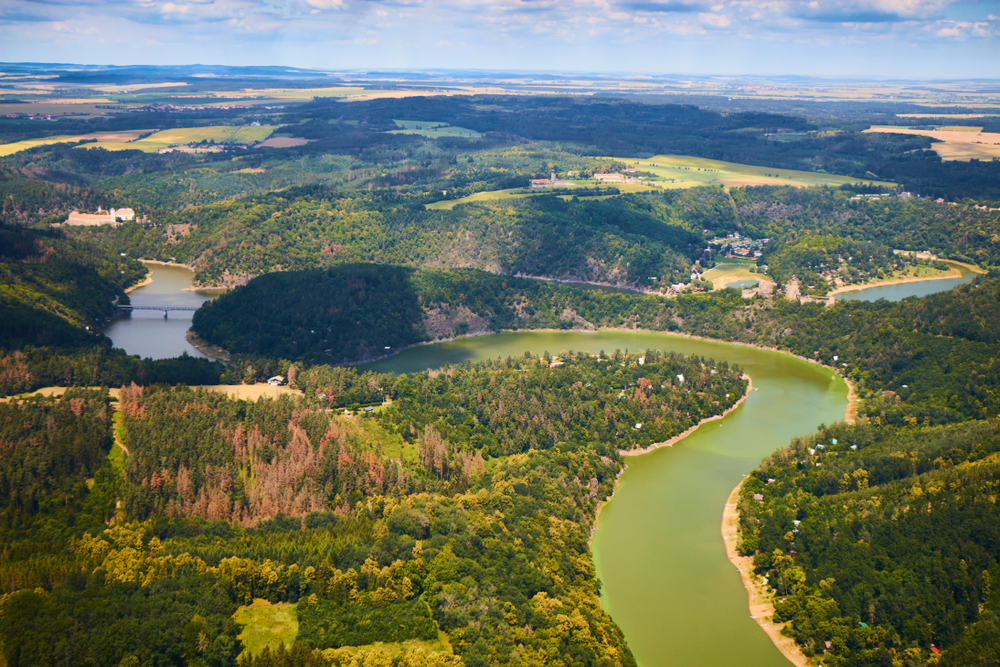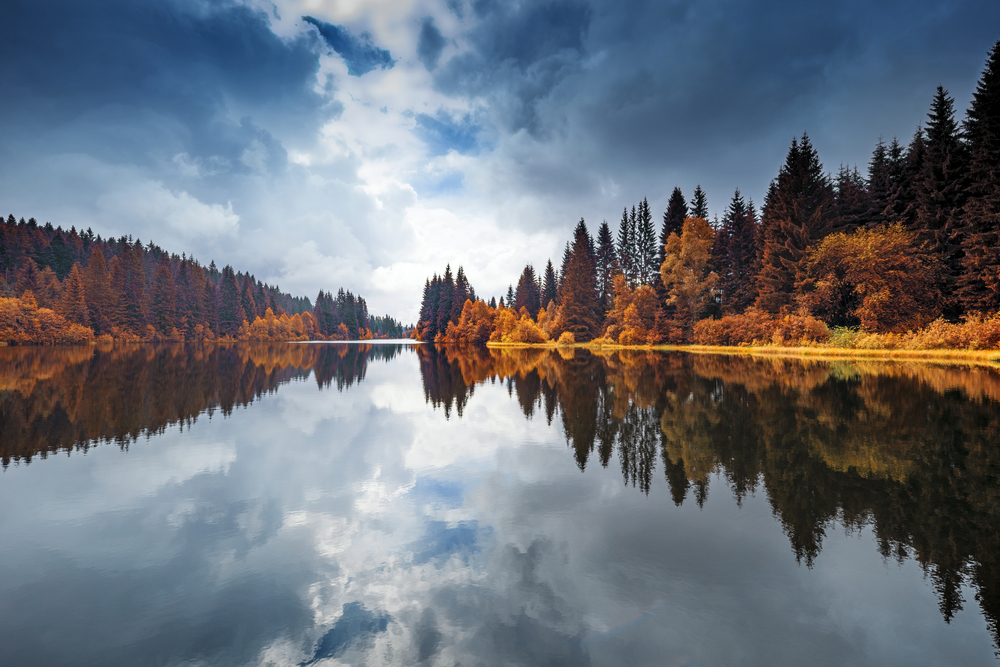Czechia, also known as the Czech Republic, is a country rich in natural beauty and diverse landscapes, with four national parks that preserve its ecological heritage. These parks showcase the country’s varied terrain, from towering sandstone formations and lush forests to serene river valleys and unique wetlands. Each park offers a distinct experience, allowing visitors to explore Czechia’s natural wonders and vibrant biodiversity.
Krkonoše National Park, located in the north along the Polish border, is the oldest national park in Czechia, established in 1963. Covering an area of approximately 363 square kilometers, the park is named after the Krkonoše Mountains, the highest mountain range in the country. The park is known for its diverse ecosystems, including alpine meadows, subalpine forests, and peat bogs. It is home to a variety of wildlife, such as chamois, red deer, and the rare Eurasian lynx. Visitors can explore numerous hiking trails, including routes to the park’s highest peak, Sněžka, which offers panoramic views of the surrounding landscape.
Šumava National Park, situated in the southwest along the border with Germany, covers about 690 square kilometers, making it the largest national park in Czechia. The park is characterized by its dense forests, glacial lakes, and peat bogs. It is part of the larger Bohemian Forest, which extends into Germany’s Bavarian Forest. Šumava is a haven for biodiversity, supporting species like lynx, otters, and black storks. Visitors can enjoy activities such as hiking, cycling, and cross-country skiing while exploring the park’s scenic landscapes.
Podyjí National Park, located in the south along the Austrian border, is the smallest of the Czech national parks, covering approximately 63 square kilometers. The park follows the Dyje River as it meanders through a deep, forested valley. Podyjí is renowned for its unique geology and diverse plant and animal life, including rare species like the European green lizard and the kingfisher. Visitors can explore the park’s network of hiking trails, enjoy birdwatching, and visit historic sites such as the medieval Hardegg Castle.
Bohemian Switzerland National Park, situated in the north near the German border, covers around 79 square kilometers and is famous for its dramatic sandstone formations, deep gorges, and lush forests. The park is part of the larger Elbe Sandstone Mountains, which extend into Germany’s Saxon Switzerland National Park. Bohemian Switzerland is known for its iconic rock arch, Pravčická Brána, the largest natural sandstone arch in Europe. Visitors can explore the park’s extensive network of trails, offering breathtaking views and opportunities for rock climbing and photography.
Czechia’s national parks are vital for preserving the country’s natural beauty and biodiversity. They offer diverse recreational opportunities and invite visitors to experience the stunning landscapes and rich ecological heritage that make Czechia a captivating destination for nature lovers and outdoor enthusiasts.













































































